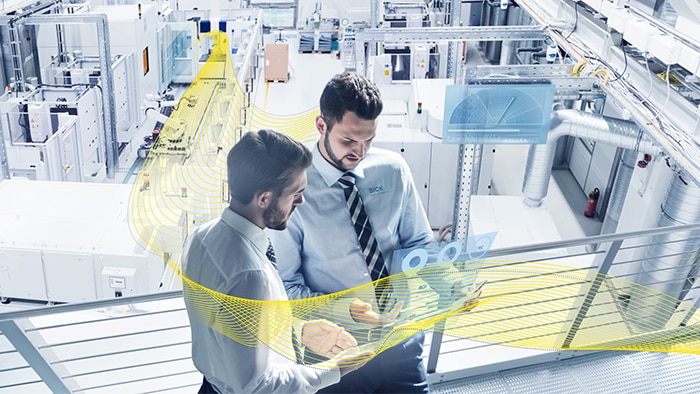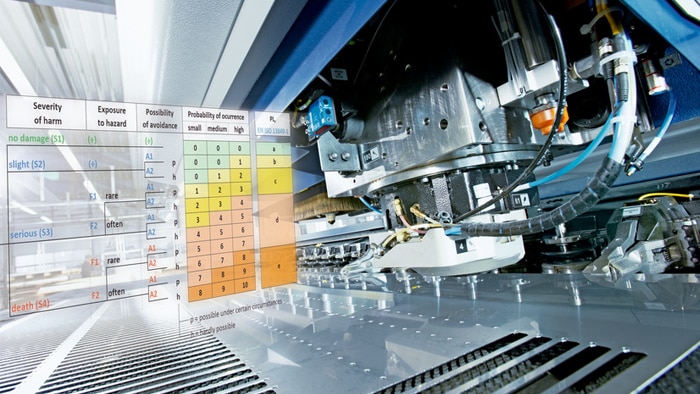Risk Reduction Process
For the entire machine life cycle, from planning to commissioning and operation to safety-related modifications, SICK safety experts recommend solutions that protect people and machines from dangerous environments.
The process of risk reduction is achieved by applying suitable risk reduction measures. Should a new risk arise from the application of risk reduction measures, it is assessed and reduced. A repetition of the entire process (risk assessment and risk reduction) may be necessary to eliminate hazards as far as possible and to sufficiently reduce the identified or newly emerged risks.
For the final assessment, we consider the integrity of the protection systems, the priority of the machines, and organizational measures.
Through the risk assessment process and the documentation, a machine manufacturer and an employer can prove due diligence in providing a safe workplace and a quality product. The advantage of this simple approach is that for a reasonable cost, you are given the planning resources for internal organization and for collaboration with supervisory bodies. Tangible actions for future safety strategies can be derived from this.





